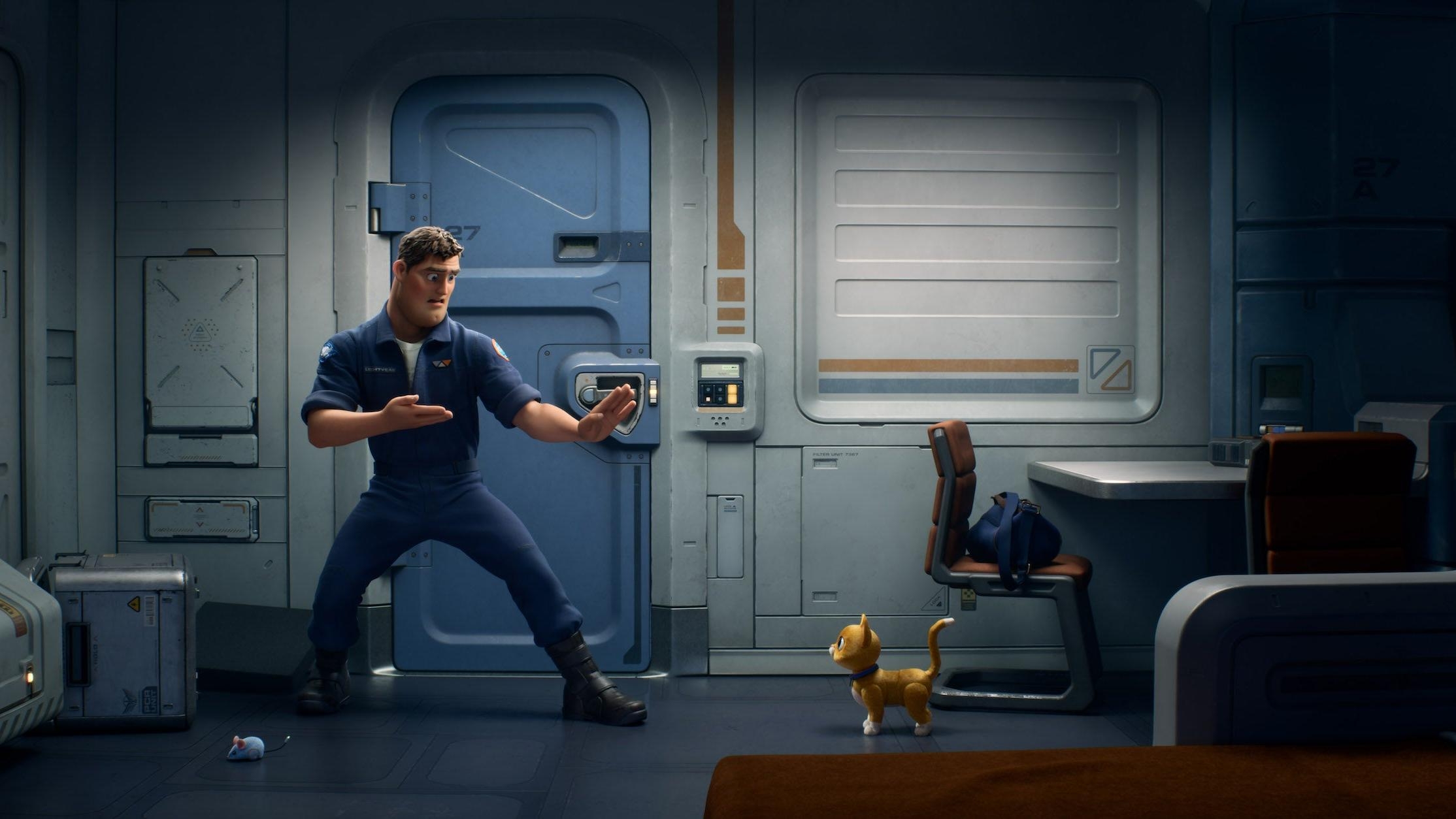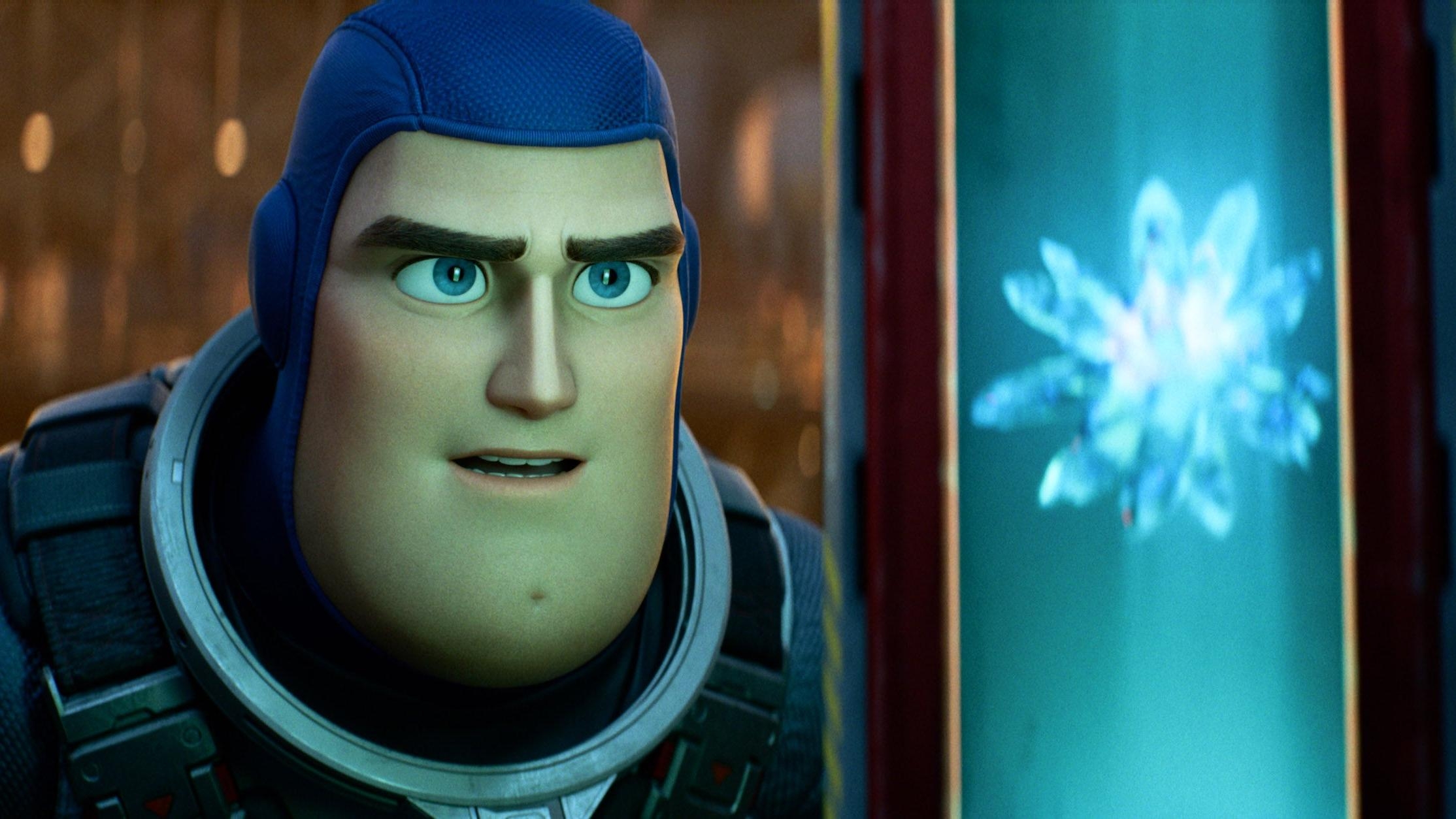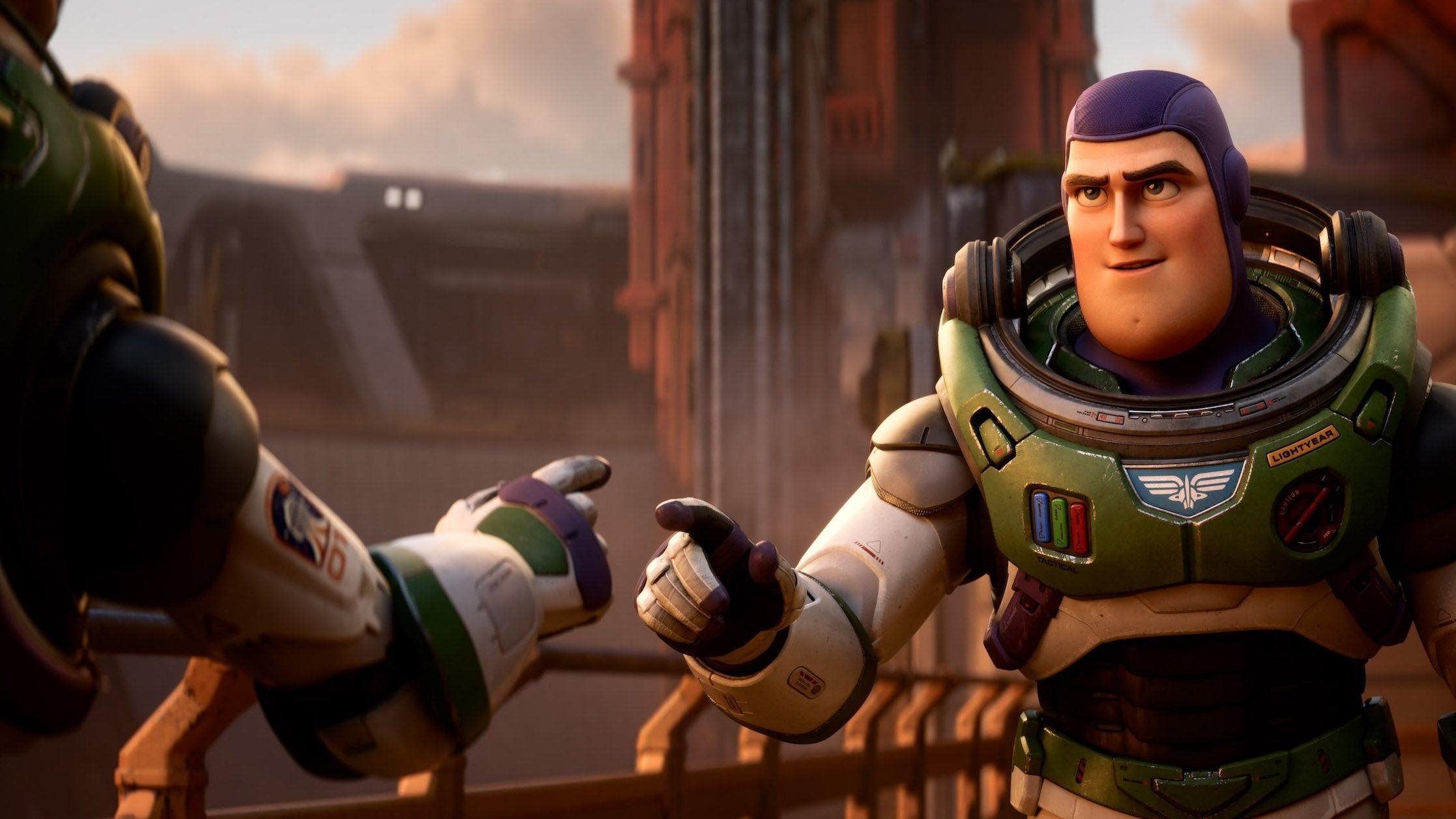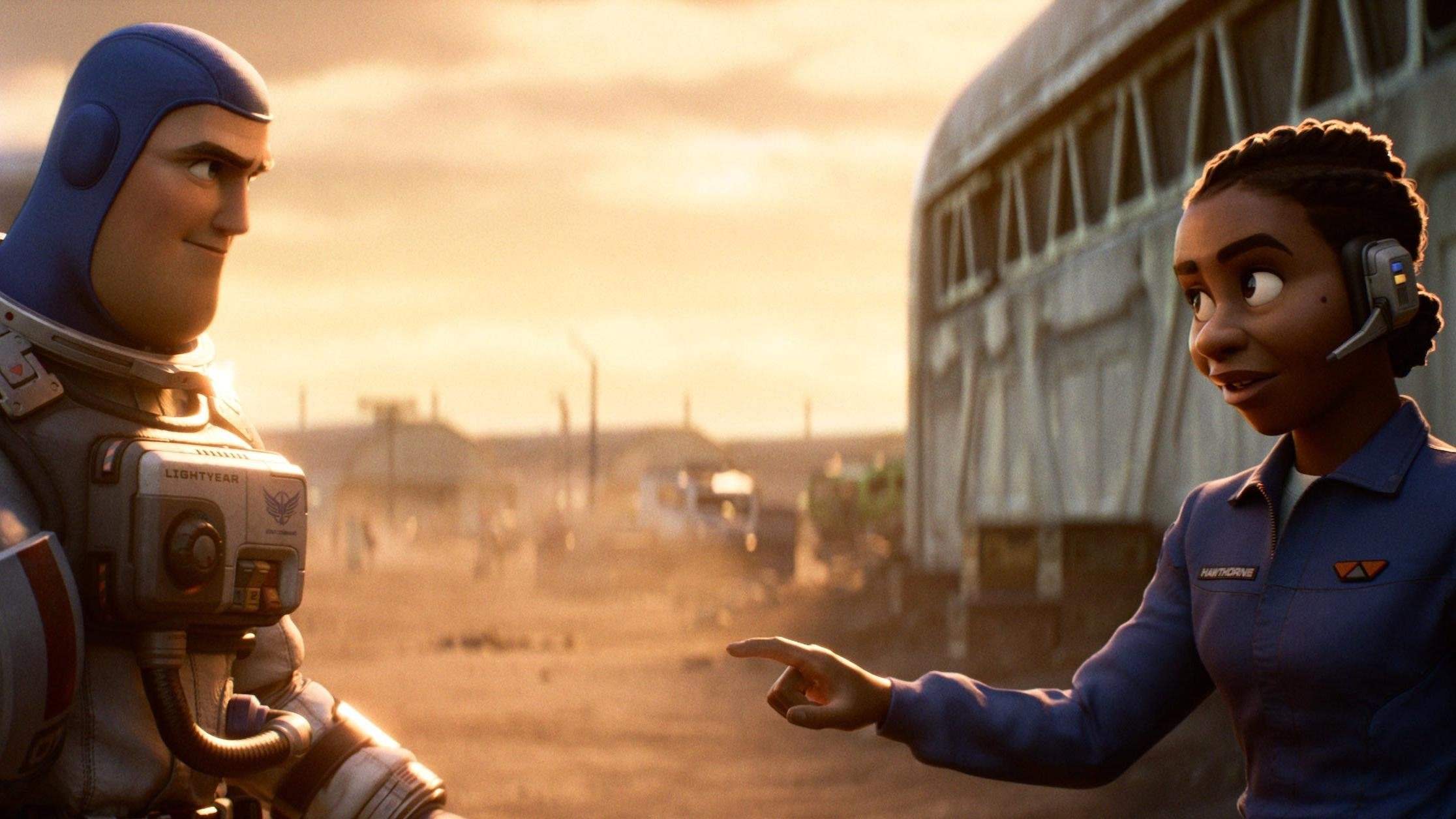What went wrong with Lightyear?
Here are 6 reasons why the Toy Story spin-off fell short of the lofty standards for Pixar projects

Chris Evans as Buzz Lightyear in Pixar’s Lightyear. Photo: Pixar
So much for a big liftoff. After pulling some of the worst reviews and early fan reactions ever for a Pixar project, Lightyear proved to be a box office disappointment in its opening weekend. Not only did the Toy Story spin-off post a tepid (by Pixar standards) $51 million during its launch weekend, but it couldn’t even get past Jurassic World: Dominion, which retained the top spot at the box office during its second week of release. So why exactly is everyone going all Zurg on Lightyear? Here’s a closer look at the reasons—some obvious, others more existential—Lightyear didn’t send audiences to infinity and beyond.






 Keep scrolling for more great stories from The A.V. Club.
Keep scrolling for more great stories from The A.V. Club.